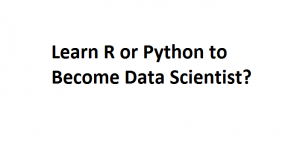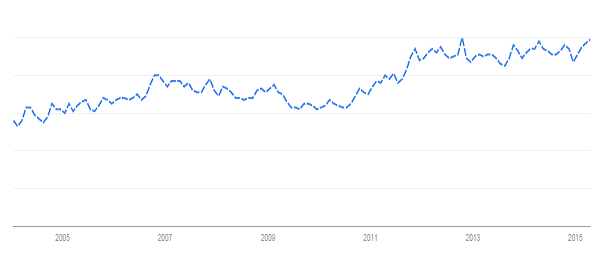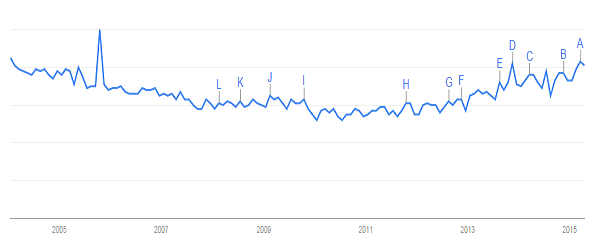
Data Scientist with expertise in R
Following indeed.com plot represents the job trends for the search term, “Data Scientist R”. It clearly indicates the trend such as increase in jobs requiring Data scientist with expertise in R programming language.
Following represents Google search trends for R programming language. It indicates an increasing trend for developers adopting R.
Data Scientist with expertise in Python
Following plot represents the job trends for the search term, “Data Scientist Python”
Following represents Google Search Trends for Python. It shows the increasing trend in adoption of Python as a programming language. Although, it could be argued that Python programming is used for projects not related with data science, as well but one should observe that Google searches for “Python” has increased after a dip around 2011.
- Mathematics Topics for Machine Learning Beginners - July 6, 2025
- Questions to Ask When Thinking Like a Product Leader - July 3, 2025
- Three Approaches to Creating AI Agents: Code Examples - June 27, 2025




I found it very helpful. However the differences are not too understandable for me